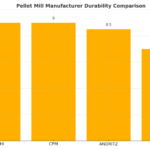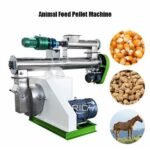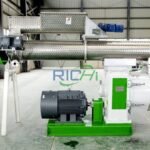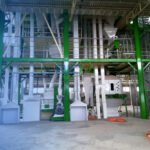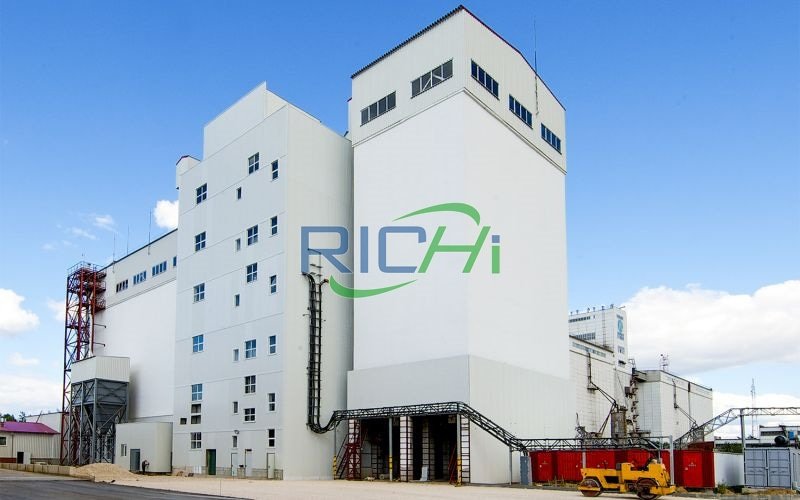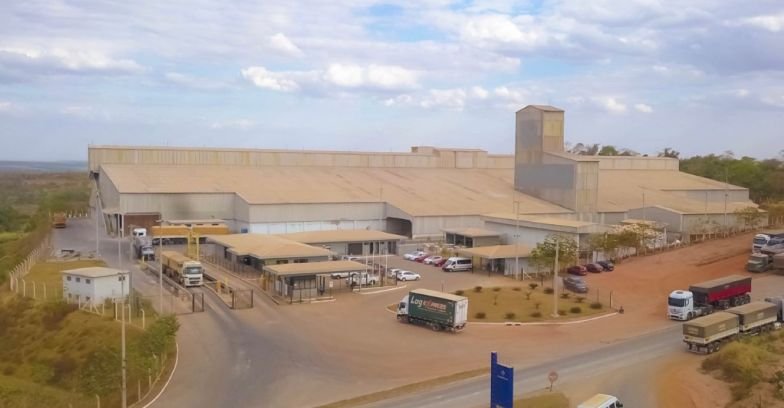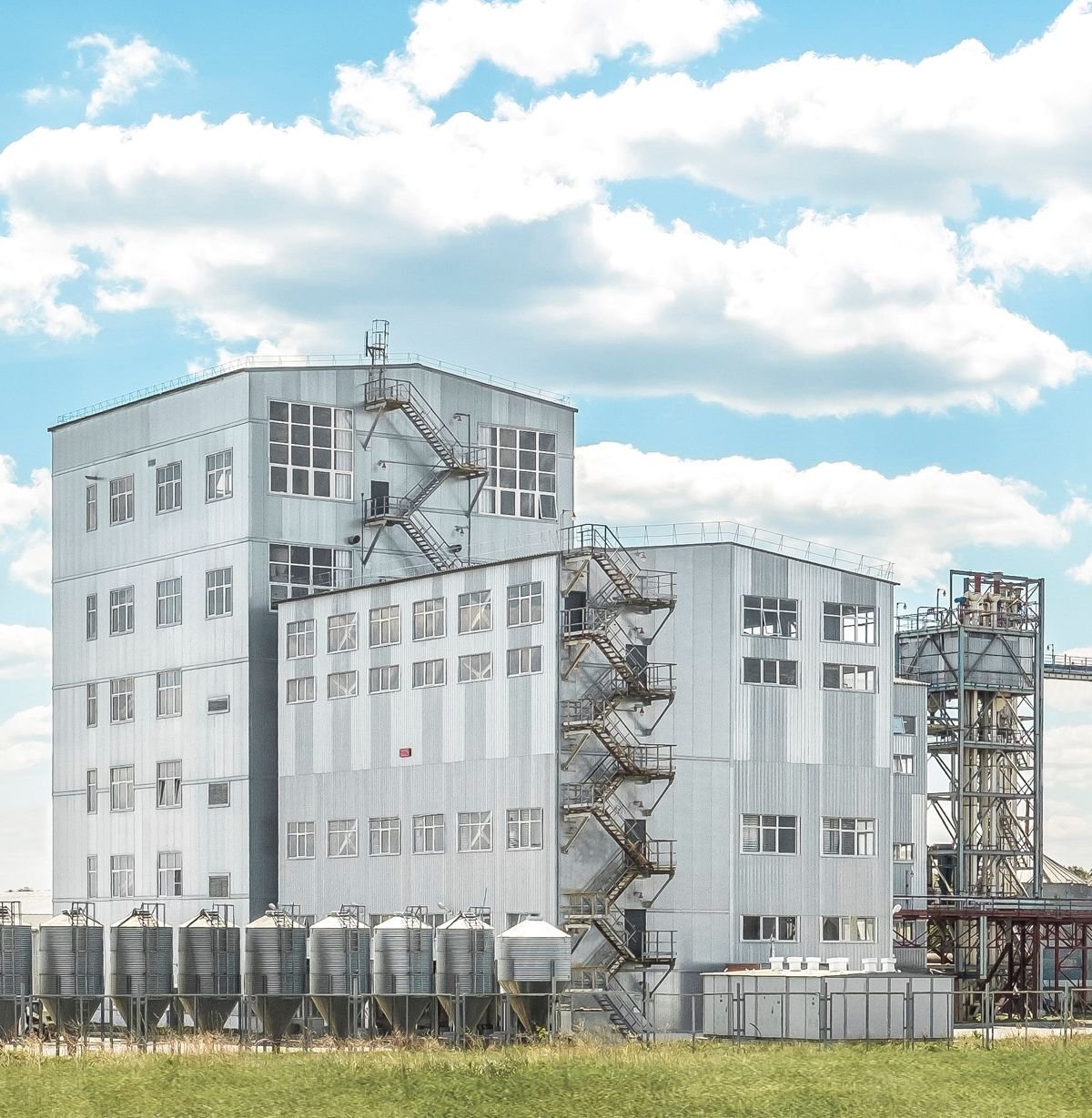Argentina, with its robust agricultural sector and growing livestock industry, presents a promising opportunity for establishing a feed processing plant. Designing such a facility requires careful planning and consideration of various factors specific to the Argentine context. This article outlines the key steps and considerations for designing a feed processing plant in Argentina.
1. Market Analysis and Feasibility Study
Before diving into the design process, conduct a comprehensive market analysis and feasibility study:
- Assess the demand for animal feed in Argentina’s livestock sectors (poultry, cattle, swine, etc.)
- Analyze competition and potential market share
- Evaluate raw material availability and costs
- Consider location factors such as proximity to suppliers and customers
- Estimate initial investment and projected return on investment
This study will inform crucial decisions about plant capacity, location, and product range.
2. Site Selection
Choose an appropriate location for the feed mill, considering:
- Proximity to raw material sources (corn, soybean, wheat producing regions)
- Access to transportation infrastructure (roads, railways, ports)
- Availability of utilities (electricity, water, natural gas)
- Local zoning regulations and environmental considerations
- Potential for future expansion
Argentina’s central agricultural regions, such as Buenos Aires, Córdoba, and Santa Fe provinces, are often ideal locations for feed processing plants.
Related post:https://www.pellet-richi.com/feed-pellet-machine/ruminant-feed-pellet-production-line.html
3. Plant Capacity and Product Range
Determine the plant’s production capacity based on market demand and growth projections. Consider:
- Types of feed to be produced (poultry, cattle, swine, dairy, etc.)
- Form of feed (mash, pellets, crumbles)
- Potential for specialty or custom feed production
A typical medium-sized feed mill in Argentina might have a capacity of 15-20 tons per hour, but this can vary based on market needs.
4. Process Flow Design
Design the process flow to ensure efficient production:
- Raw material receiving and storage
- Grinding and mixing
- Conditioning and pelleting (if applicable)
- Cooling and crumbling (for pelleted feed)
- Packaging and loadout
Incorporate flexibility in the design to handle various raw materials and produce different types of feed.
5. Equipment Selection
Choose appropriate equipment that meets Argentine standards and regulations:
- Receiving equipment (truck scales, dump pits)
- Storage silos for raw materials and finished products
- Grinding equipment (hammer mills, roller mills)
- Mixing systems (batch or continuous mixers)
- Pelleting systems (if producing pelleted feed)
- Cooling and drying equipment
- Packaging and bulk loadout systems
Consider energy efficiency, maintenance requirements, and local availability of spare parts when selecting equipment.
6. Automation and Control Systems
Implement modern automation and control systems to enhance efficiency and product quality:
- Programmable Logic Controllers (PLCs) for process control
- Supervisory Control and Data Acquisition (SCADA) systems
- Ingredient batching and inventory management software
- Quality control and traceability systems
Ensure compatibility with Argentine electrical standards and consider local support for software and hardware.
7. Quality Control Laboratory
Design a well-equipped quality control laboratory to ensure product safety and consistency:
- Near-Infrared (NIR) analyzers for rapid nutrient analysis
- Microscopes for ingredient identification
- Pellet durability testers
- Moisture analyzers
- Microbiology testing equipment
Align the laboratory capabilities with Argentine feed quality standards and regulations.
8. Storage and Logistics
Plan adequate storage facilities for both raw materials and finished products:
- Bulk storage silos for major ingredients (corn, soybean meal, etc.)
- Micro-ingredient storage and handling systems
- Finished product storage (both bulk and bagged)
- Truck loading and unloading facilities
Consider Argentina’s seasonal grain production patterns when designing storage capacity.
9. Environmental Considerations
Address environmental concerns in the plant design:
- Dust collection and filtration systems
- Wastewater treatment facilities
- Noise reduction measures
- Odor control systems
Ensure compliance with Argentine environmental regulations and consider obtaining ISO 14001 certification.
10. Safety and Biosecurity
Incorporate safety and biosecurity measures in the plant design:
- Employee safety features (guardrails, emergency stops, etc.)
- Fire prevention and suppression systems
- Pest control measures
- Truck wash facilities for biosecurity
Adhere to Argentine workplace safety regulations and consider international best practices.
11. Regulatory Compliance
Ensure the plant design complies with all relevant Argentine regulations:
- SENASA (National Food Safety and Quality Service) requirements for feed production
- Local building codes and zoning regulations
- Occupational health and safety standards
- Environmental protection laws
Consult with local regulatory experts to ensure full compliance.
12. Energy Efficiency and Sustainability
Incorporate energy-efficient and sustainable design elements:
- High-efficiency motors and drives
- Heat recovery systems
- Solar panels for supplementary power
- LED lighting
- Water recycling systems
Consider obtaining LEED certification to demonstrate commitment to sustainability.
13. Future Expansion Considerations
Design the plant with future expansion in mind:
- Allow space for additional production lines
- Oversize utilities to accommodate future growth
- Design modular systems that can be easily expanded
This foresight can save significant costs and disruption in the future.
14. Local Workforce Considerations
Design the plant to be operable by the local workforce:
- User-friendly control interfaces
- Clear, Spanish-language signage and instructions
- Adequate training facilities
Consider partnering with local technical schools or universities for workforce development.
15. Cost Optimization
Balance design choices with cost considerations:
- Evaluate the cost-benefit of automation vs. manual operations
- Consider locally available construction materials
- Optimize plant layout to minimize material handling
Aim for a design that balances efficiency, quality, and cost-effectiveness.
Conclusion
Designing a feed pellet plant in Argentina requires a comprehensive approach that considers market demands, local regulations, environmental factors, and future growth potential. By carefully addressing each aspect of the design process, from site selection to equipment choice and regulatory compliance, you can create a modern, efficient facility that meets the needs of Argentina’s growing livestock industry.
The key to success lies in thorough planning, attention to local context, and a commitment to quality and safety. As Argentina continues to play a significant role in global agriculture and livestock production, a well-designed feed processing plant can contribute to the country’s agricultural efficiency and economic growth while meeting the high standards expected in both domestic and international markets.


